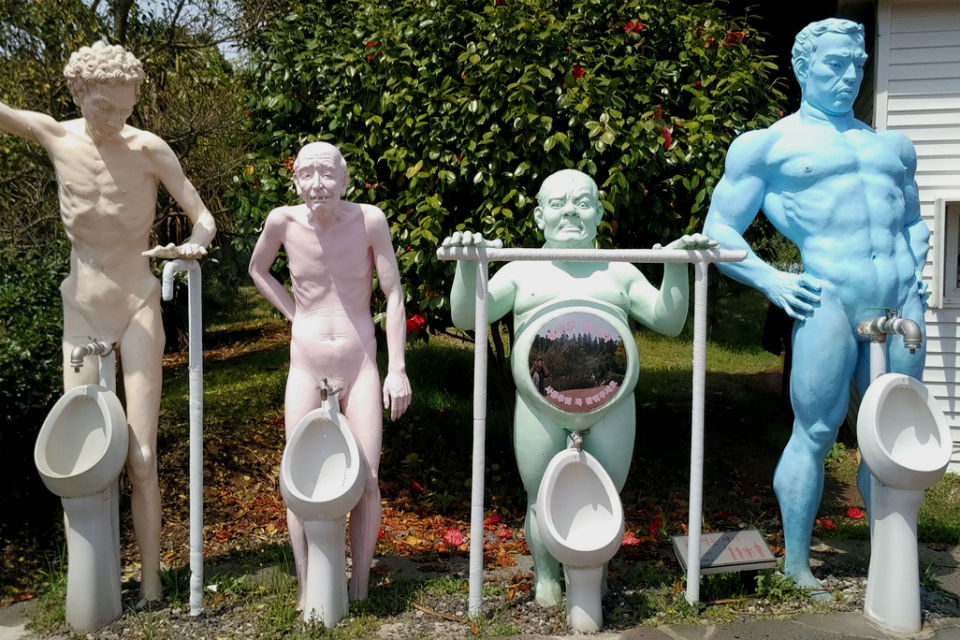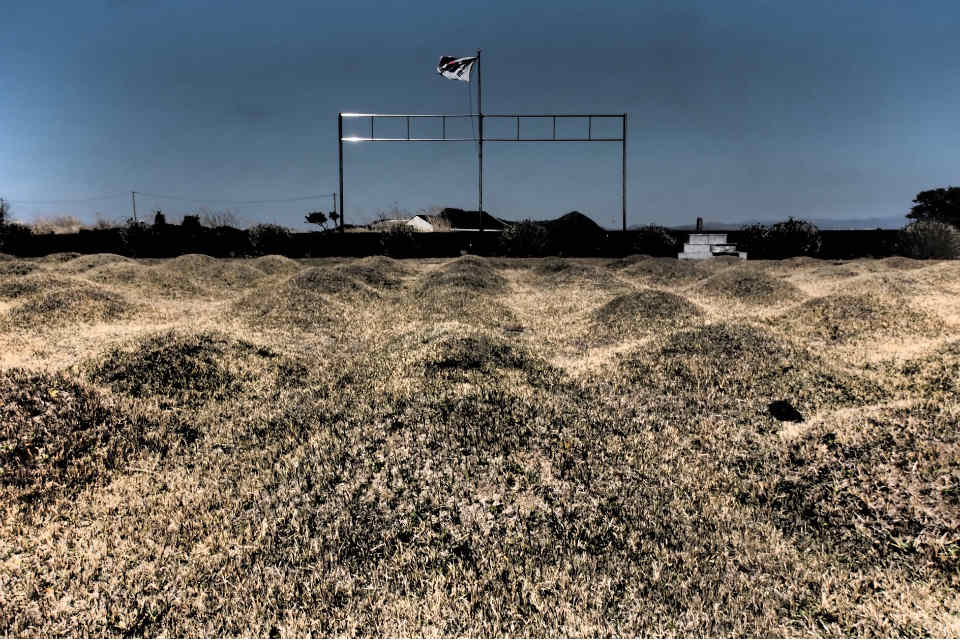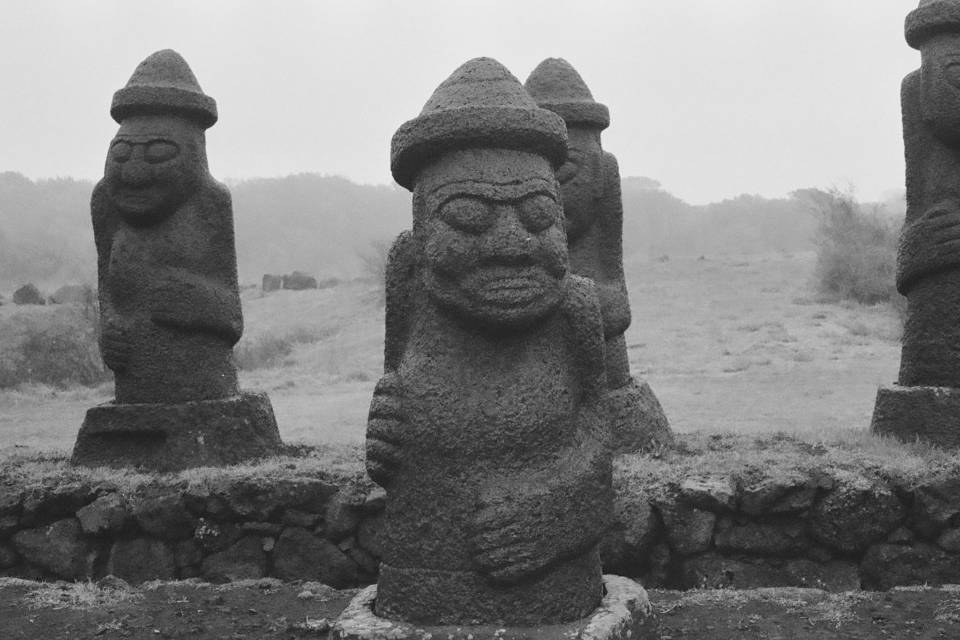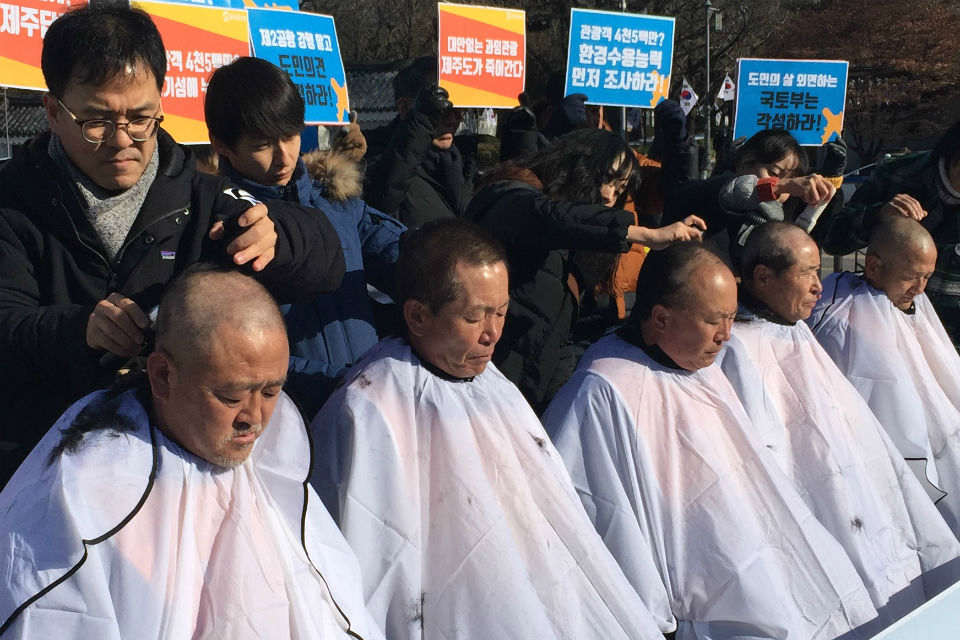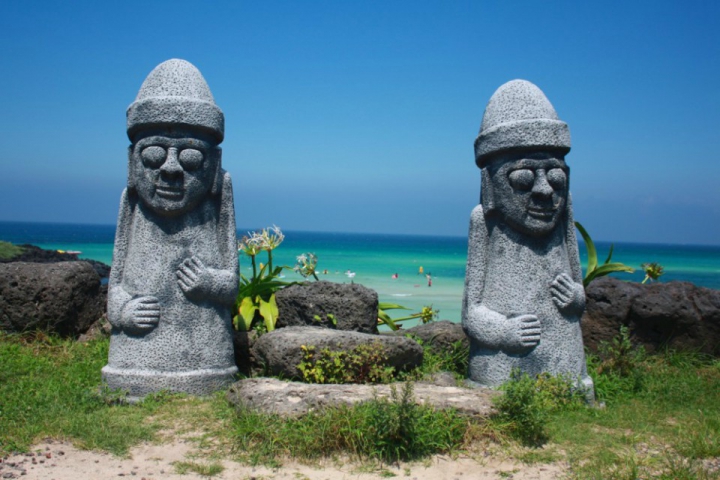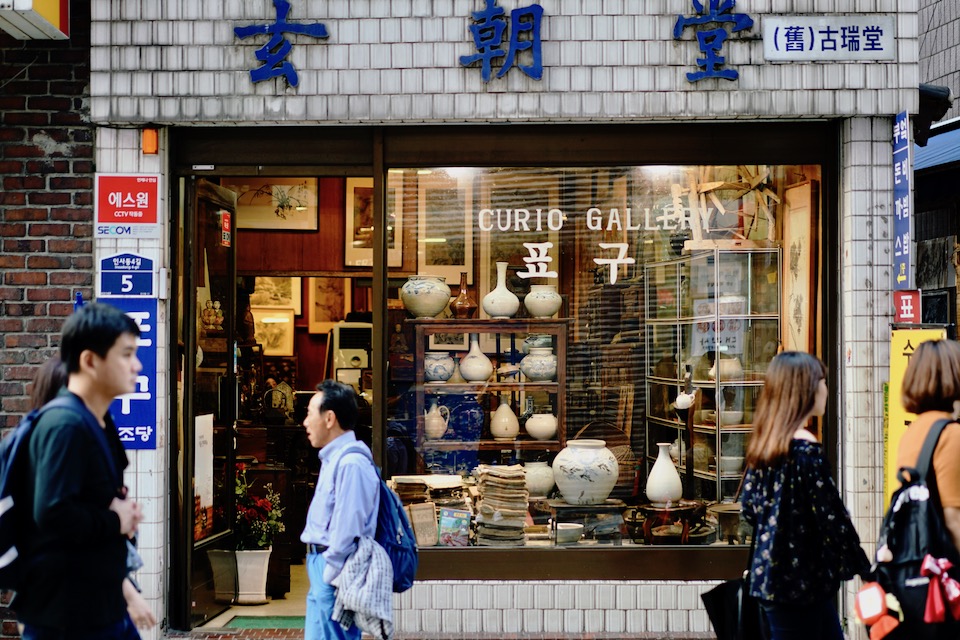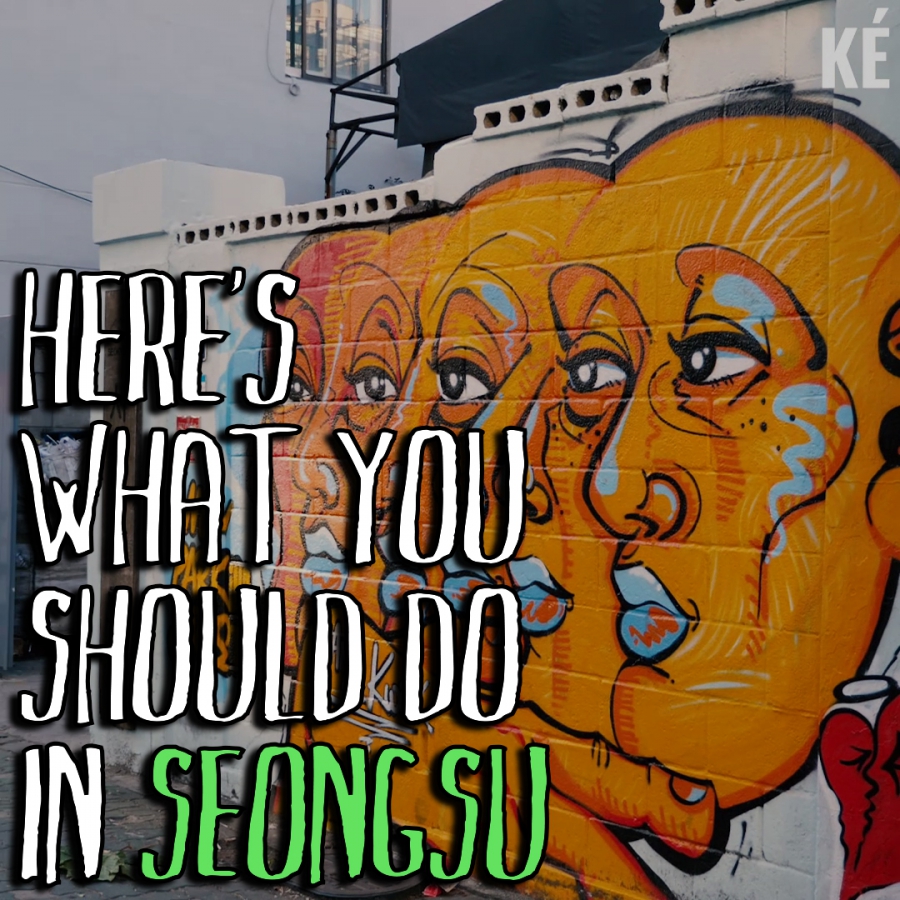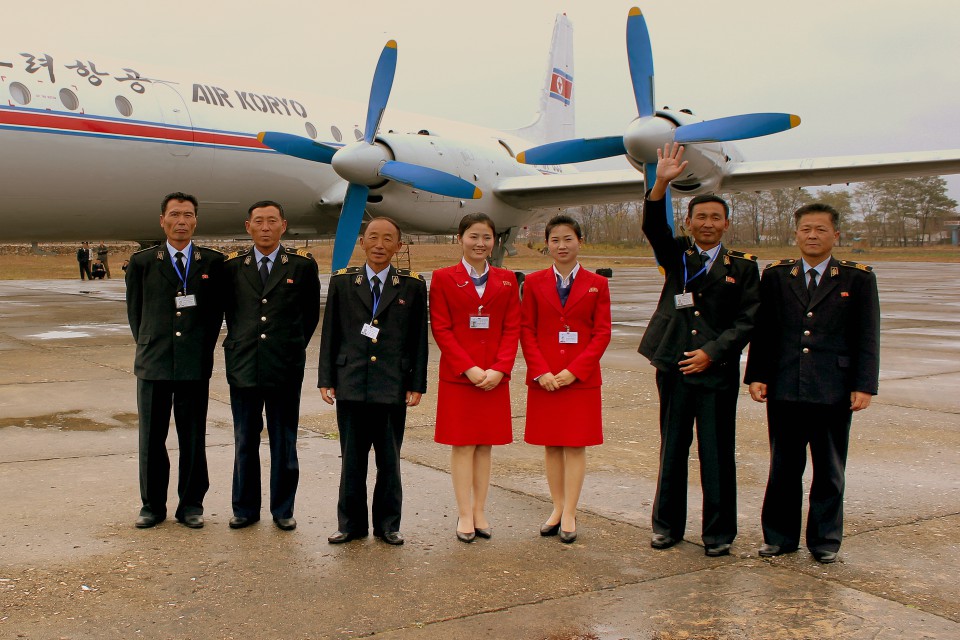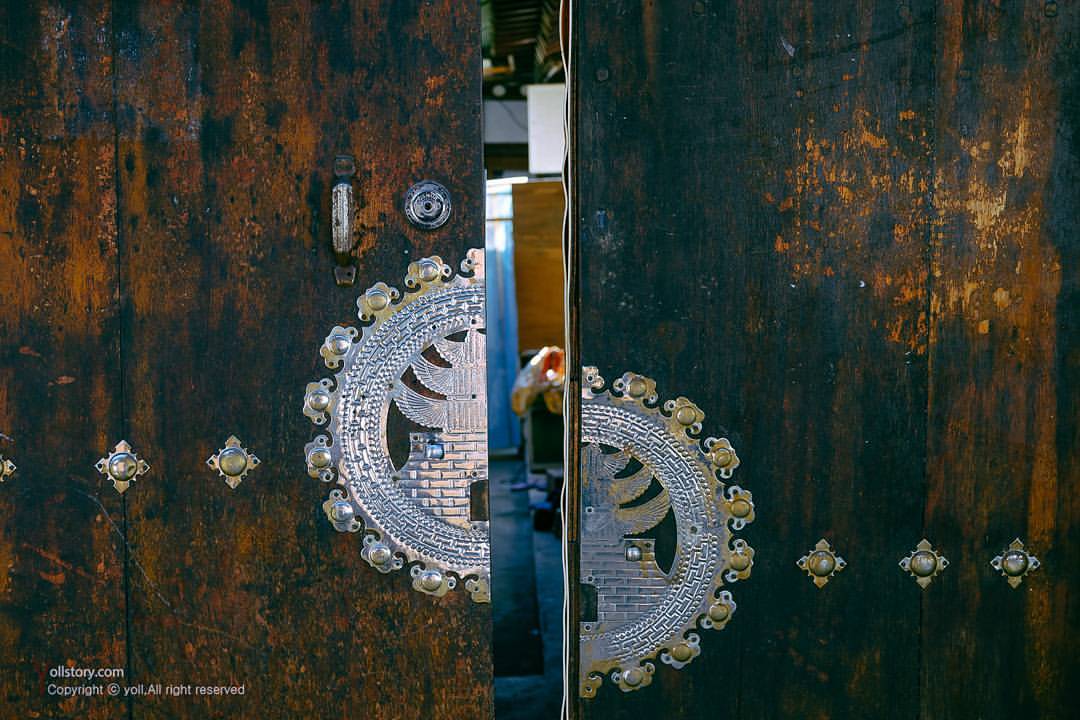tourism
Jeju: Museum Heaven or Tax Haven?
Driving around Jeju island and you’ll come across not just white sand beaches and UNESCO World Heritage sites but an endless succession of museums. In fact, tourists can choose from over 100, on themes as diverse as Greek mythology, seashells, African art, teddy bears, sex and health, and stone
Dark Tour: Jeju Island Beyond Teddy Bear Museums
Jeju Island is where South Koreans love to get away from it all. Hundreds of flights a day deposit mainlanders hungry for escape, relaxation and selfies. With its sea-locked isolation, black soil and relentless wind, Jeju feels almost like a different country altogether. So it’s hard to believe that
The Ocean Between Jeju’s Island Natives and Mainland Newcomers
Lee Hwan-jung wavers in his small boat, harpoon in hand. Looking back to shore, black rocks and dark waves sway under a granite sky. On this early February morning on the Jeju coast, cold water sloshes over his shoes. Lee is a self-taught fisherman from Seoul. Still robust at 43,
The Palace's Painful Past
When it was built in 1909, the Grand Conservatory in Changgyeong Palace was the largest of its kind in Asia. After years of restoration, the conservatory has been opened to the public just last month. Is it a symbol of colonialists and capitalites tainting the royal legacy of the Joseon
Plane Madness? Second Airport Plan Angers Jeju Islanders
On Tuesday morning, the wind blew tufts of black hair across freezing paving stones by the Blue House. Giant fiberglass Pyeongchang Olympic mascots — a white tiger and an Asiatic black bear — looked on as five electric razors hummed across five scalps. Villagers from Seongsan, a quiet county on
Pretty and Polluted: Jeju Overfilling With Tourists
2011 was a busy year for the civil servants of Jeju Island. South Korea’s most famous island — bar Dokdo — had made the shortlist for the so-called “new seven wonders of nature.” With no restrictions on the number of telephone votes cast by each individual, Jeju’s public
Broken Clocks, Rising Dust: Death of a Street
If the places with history all close one after the other, what will Insadong be? * Read our in-depth coverage about the end of the Insadong of the past: Insadong: Breathing Its Last
"The Brooklyn of Seoul"
Beyond the photogenic nature of the neighborhood, Seongsu is remarkable for its resistance to gentrification. Jeong Won-oh, the head of Seongdong district, where Seongsu is located, is spearheading efforts to protect rent from skyrocketing — by trying to meet property owners 1:1, limiting corporate franchises from entering the neighborhood
"Don't Speak in Korean": When Koreans Travel to North Korea
Only a few minutes after arriving in Dandong, a Chinese city that borders North Korea, my assumptions about travel to North Korea were abruptly shattered. I was told by a Chinese employee of the tour company that it would not be wise to, while in North Korea, speak Korean or
Dongdaemun Postcard: From Stall to Tower, Merchant to Tourist
The stalls are set up like tiny stores; an air-conditioned box designated for each merchant. Most hide behind their goods like hermit crabs in their shells, recoiling at the sight of the hot summer sun. Others yell out prices and wave signs on the sidewalk, trying to catch the attention
Ikseon-dong: Seoul's Hottest Poverty Porn Destination
If you plug Ikseon-dong, the name of a central Seoul neighborhood, into your preferred search engine, you’ll come up with countless photographs, many of which look the same: shabby low-rise buildings with wooden doors along narrow alleyways. One recurring image is Ikseon-dong shot from above, contextualizing it as a
All That THAAD: South Korea Rattled By China Tourism Curb
Last July, South Korea announced the decision to deploy THAAD, a U.S-produced missile defense system. Since then, the Chinese government has retaliated with a number of subtle and explicit measures, including denying South Korean entertainers access to its lucrative market. Its latest pushback appears to be discouraging Chinese citizens
